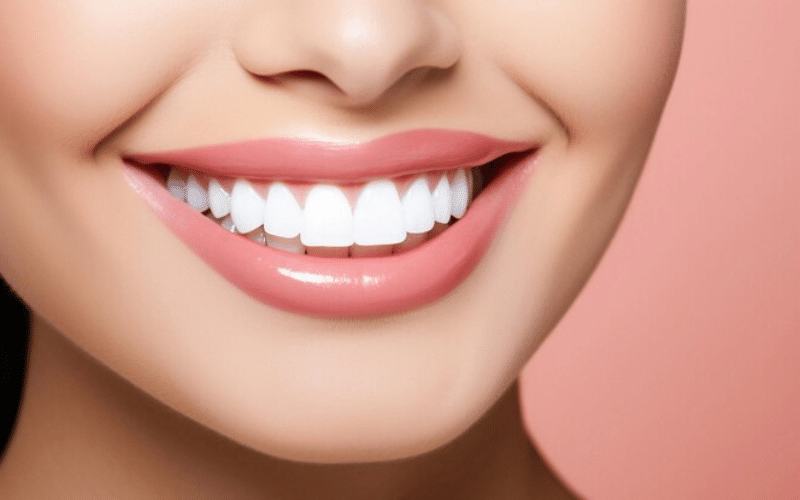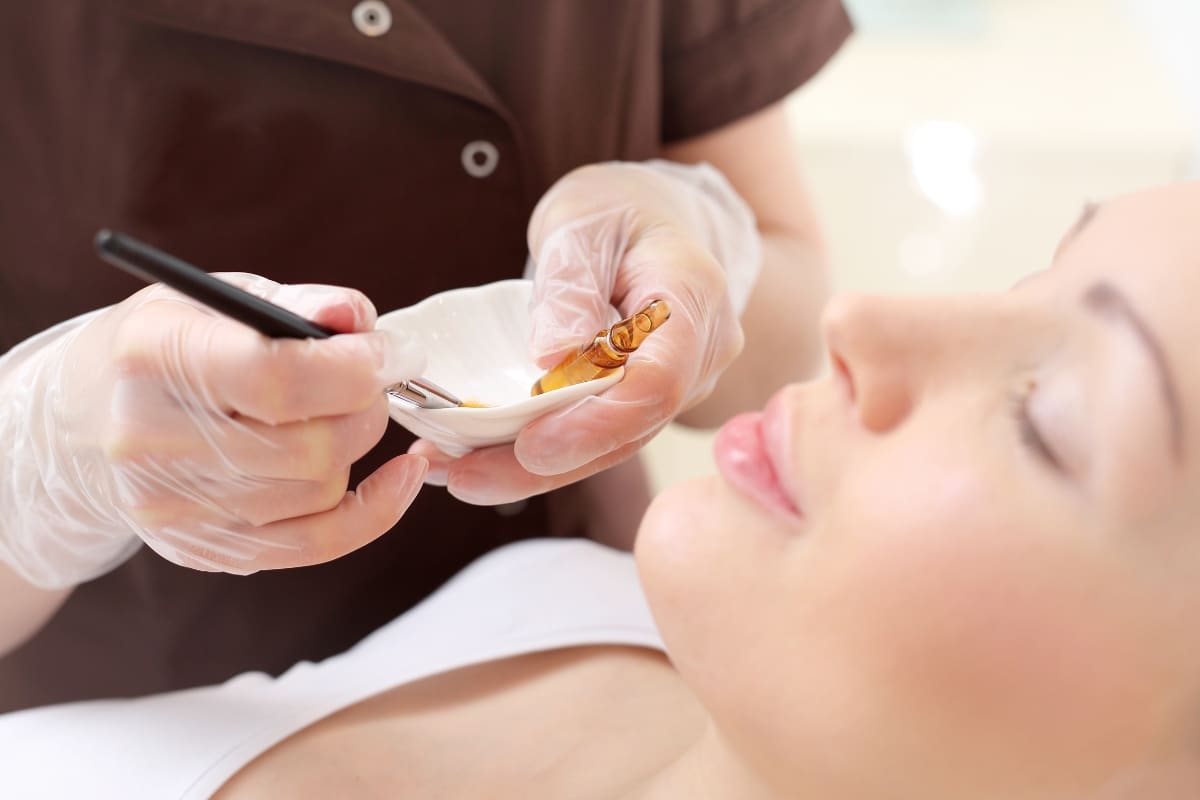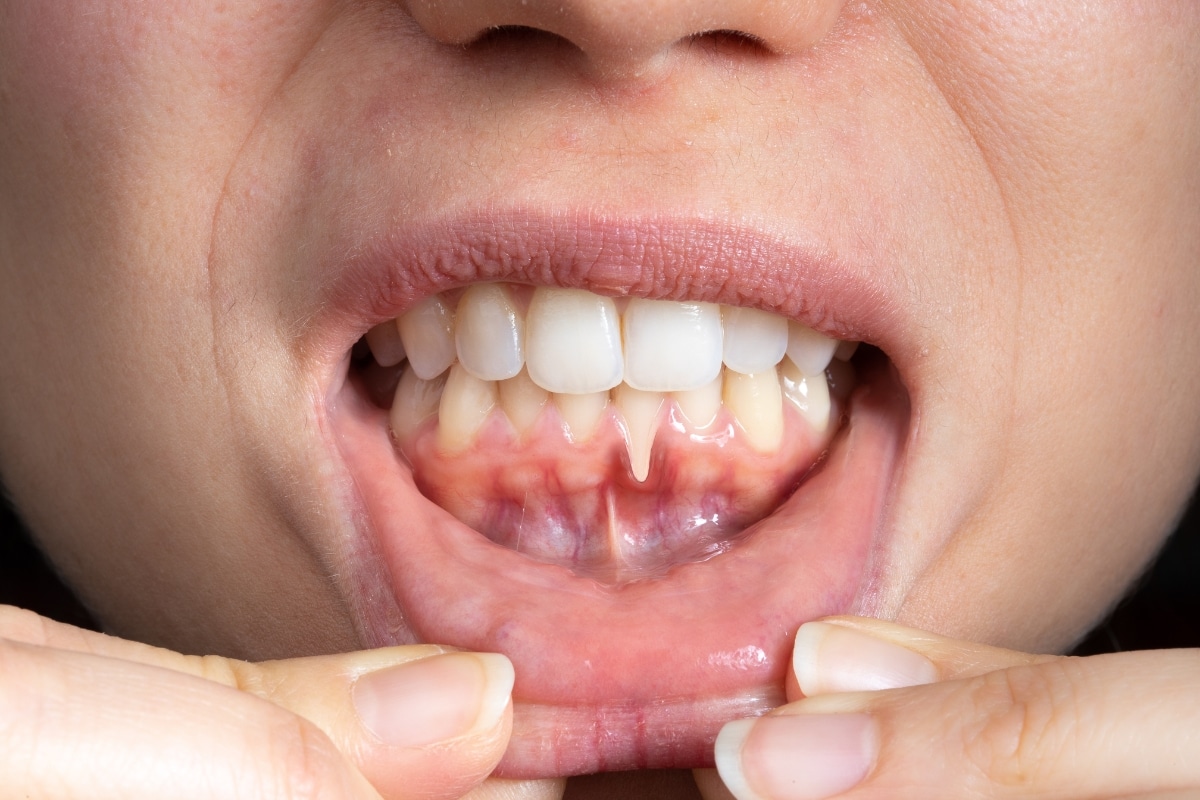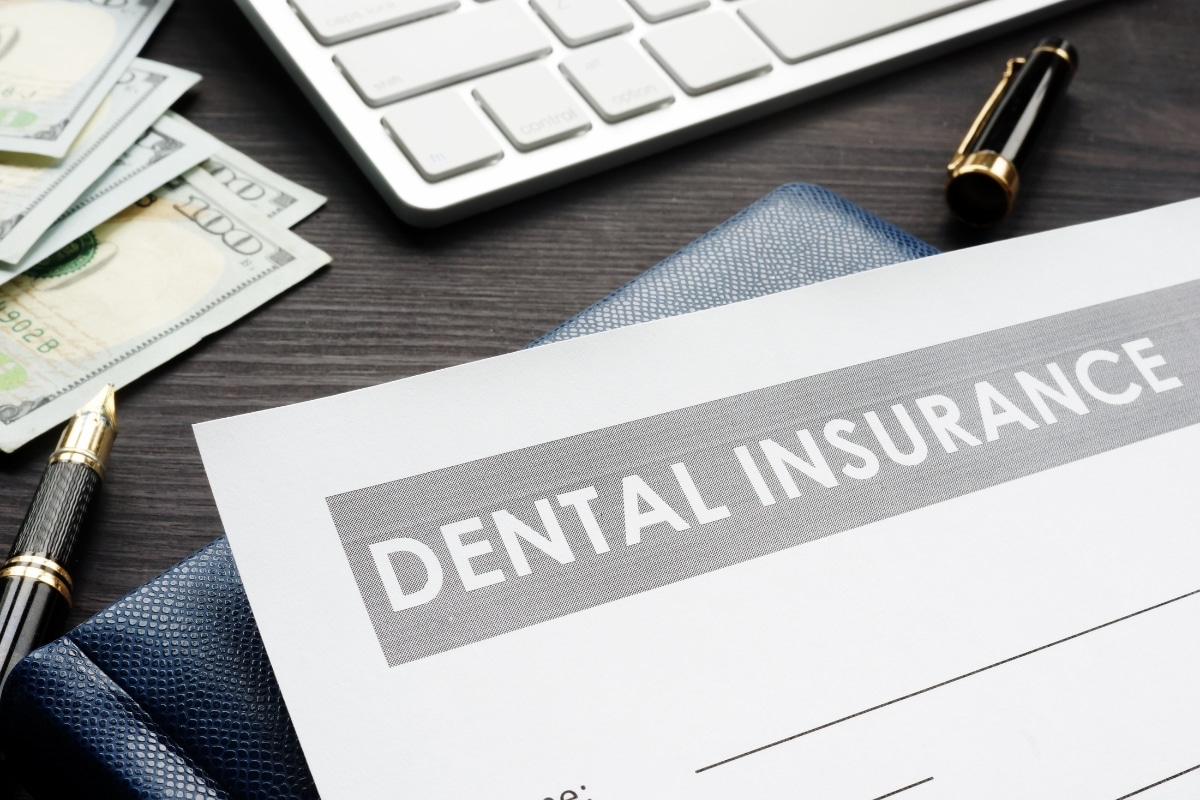Teeth Whitening For Teens: Is It Safe And Effective?

A smile to fangirl for can deeply influence a teenager’s self-esteem and social interactions. As the popularity of cosmetic dental treatments rises, many parents and teens are curious about teeth whitening.
However, questions regarding its safety and effectiveness remain paramount. In this blog, we will explore the various aspects of teeth whitening for teens, including methods, safety considerations, potential risks, and tips for making informed decisions.
Teeth Whitening & Its Types
Teeth whitening is a cosmetic dental procedure aimed at lightening the color of teeth and removing stains. As teens often consume foods and beverages like soda, coffee, and sugary snacks, they may experience discoloration or staining over time. Understanding the different whitening options is essential for making an informed choice.
- In-Office Whitening
- Performed by a dental professional.
- Utilizes stronger bleaching agents for immediate results.
- Usually requires only one session.
- At-Home Whitening Kits
- Available through dental offices or over-the-counter.
- Includes strips, gels, or trays that can be applied at home.
- Results may take several days or weeks.
- Natural Remedies
- Includes baking soda, activated charcoal, or hydrogen peroxide.
- May be less effective than professional treatments.
- Often considered safer for occasional use.
Is Whitening Treatment Safe for Teens?
The safety of teeth whitening for teens largely depends on several factors, including their age, dental health, and the method used. While many teenagers can safely undergo whitening treatments, there are important considerations:
Age Considerations
- Recommended Age: Most dental professionals recommend waiting until at least 14 or 15 years old, as teeth are still developing in younger teens.
- Consultation Required: A thorough dental evaluation is essential to ensure that the teen’s teeth and gums are healthy enough for whitening treatments.
Dental Health
- Cavities and Gum Health: Teens with cavities or gum disease should address these issues before considering whitening.
- Sensitive Teeth: Some teens may experience tooth sensitivity, which can be exacerbated by whitening treatments.
Professional Guidance
- Consult a Dentist: A dental professional can provide personalized recommendations and monitor any potential side effects.
- Custom Treatment Plans: A dentist can tailor the whitening approach based on individual needs, ensuring safety and effectiveness.
Effectiveness of Teeth Whitening
Teeth whitening can be highly effective, but results vary based on several factors:
Factors Influencing Results
- Type of Stains
- Extrinsic Stains: These surface stains from food and drinks are typically easier to remove.
- Intrinsic Stains: Stains caused by trauma or medications may be more challenging and require different treatment approaches.
- Whitening Methods
- In-Office Treatments: Generally offer the fastest and most dramatic results.
- At-Home Kits: Effectiveness may vary, and consistent use is key for noticeable changes.
- Diet and Lifestyle
- Dietary Choices: Continued consumption of stain-causing foods and beverages can diminish results.
- Oral Hygiene Practices: Maintaining good oral hygiene can enhance and prolong the effects of whitening treatments.
Realistic Expectations
- Duration of Results: Whitened teeth may remain brighter for several months, but maintaining results requires good oral hygiene and avoiding stain-causing substances.
- Touch-Up Treatments: Many teens may need touch-up treatments periodically to maintain their desired level of whiteness.
Potential Risks & Side Effects
While teeth whitening can provide beautiful results, it’s essential to be aware of potential risks and side effects:
Common Side Effects
- Tooth Sensitivity: Temporary sensitivity is common after whitening treatments, particularly with stronger products.
- Gum Irritation: Some whitening agents can irritate the gums, leading to discomfort.
Long-Term Risks
- Enamel Damage: Overuse of whitening products, especially those with high concentrations of hydrogen peroxide, can weak enamel over time.
- Uneven Results: Incorrect application of at-home kits can lead to uneven whitening, particularly if teeth are not cleaned or prepped properly.
Recommendations To Minimize Them
- Follow Instructions: Adhere to the recommended guidelines for any whitening product.
- Limit Use: Avoid excessive whitening; more is not always better.
- Stay Hydrated: Drink plenty of water to help rinse away potential irritants and keep teeth healthy.
Tips for Safe and Effective Teeth Whitening
To ensure a safe and effective whitening experience for teens, consider the following tips:
- Consult a Dentist: Always start with a professional consultation to determine the best approach.
- Choose Reputable Products: If opting for at-home kits, select products approved by dental associations for safety and effectiveness.
- Maintain Good Oral Hygiene: Regular brushing and flossing can help prolong the effects of whitening treatments.
- Monitor Diet: Limit intake of stain-causing foods and beverages, such as coffee, tea, and soda.
- Consider Professional Treatments: For the best results, in-office whitening may be the most effective choice.
Teeth whitening can be a safe and effective way for teens to achieve a brighter smile, provided they take the necessary precautions and seek professional guidance. Understanding the different methods, potential risks, and realistic expectations is crucial for making informed decisions.
If you’re considering teeth whitening for your teen, schedule a consultation with a trusted dentist to discuss options and develop a personalized plan to get an admirable smile!
Recent Posts

Tips to Manage TMD at Home from Havertown Dental Arts

Gum Disease Warning Signs: When Havertown Patients Should Call Dr. Maconi

5 Ways to Take Full Advantage of Your Dental Benefits Before They Expire

Fueling Healthy Smiles: Local Food Choices in Havertown and Their Impact on Your Teeth


